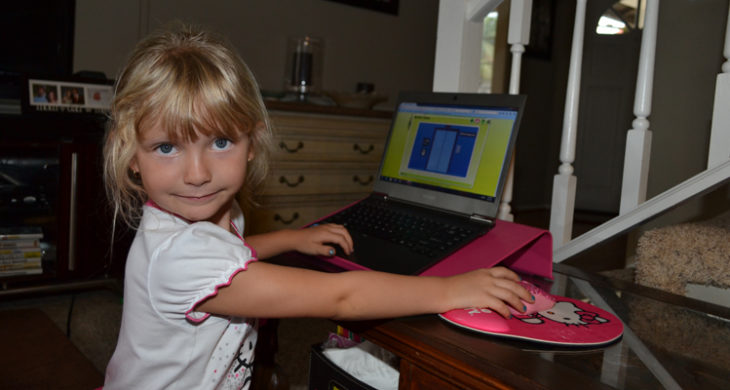This shouldn’t shock you, but most children aren’t fond of doing their homework.
It’s completely understandable; adults would rather leave work at the office as well. Homework can cause stress and tension within a home, but it also serves a purpose by giving your child a chance to practice skills and learn the self-discipline to accomplish undesirable tasks in life.
Nothing is worse than seeing your students struggle to handle their homework and not knowing how you can help them. The key is to carefully manage negative emotions and provide children a healthy outlet to prevent them from feeling overwhelmed. Here are a few of the behaviors you might see from your child when homework has them stressed.
Procrastination
Procrastination is an easy habit to develop and one of the hardest ones to break. It’s a harmful way to handle guilt—by keeping yourself so busy that you can avoid it entirely. If you’re not sure whether your child is suffering from this state of mind, keep an eye out for the following:
- Your child is unable to see how an assignment relates to his or her life or future.
- Your child finds their work boring and loses interest quickly.
- Your child gets distracted and cannot bring themselves to focus.
- Your child doesn’t work on assignments until they’re forced into a time constraint.
- Your child is worried about failure or feels overwhelmed by expectations.
To manage procrastination, the key is communication. What does your child think about homework? Where does the issue lie? Once you’ve heard their side of the story, it becomes much easier to provide helpful solutions. If they get easily distracted, try to tone down some of the noise within your home by providing your child a quiet, distraction-free area to work. If they feel overwhelmed or scared of failure, it might require some careful planning and restructuring what you expect from your child.
Boredom
When you see your child’s eyes glazing over as they are working on a homework assignment, it’s time to find a new method to get them thinking. A calm workspace is a great place to begin; if a child can see how productive they are, it can help them plough forward and finish their work.
If that’s not working, it’s important to remember that your child’s been sitting in school all day. Even the calmest kid will get anxious and tired of sitting after a while. For those children, make their home environment different from school; allow them to take breaks and let off some steam, talk with them as they work and ask questions. Let them explain their assignment and what they’re supposed to be learning. Most importantly, reward them for showing the discipline to work through their problems.
Restlessness
As mentioned above, it’s a lot to ask a child to sit and behave for a long school day and then do the very same thing at home for homework. Children need the chance to be active and leave the books behind for a while.
And in the middle of the school year, night creeps in quickly and can keep your child inside even longer. To help with the cabin fever and restlessness some children experience, provide them an outlet that gets them away from their schoolwork. If they have a favorite activity, make sure that your child has plenty of time to enjoy doing what they love. It gives your child a chance to relax as well as another way to reinforce good organization and responsible habits. If your child lacks an outlet, the process of discovering one can be extremely fun as well.
Communicating with any child can feel precarious at times, but it’s a vital component to healthy homework habits. Homework is a chance for children to figure out how they deal with problems within their lives; it may not be their favorite activity, but it allows them to problem solve and manage their time— so long as their parents are available to help them manage the process.
,










